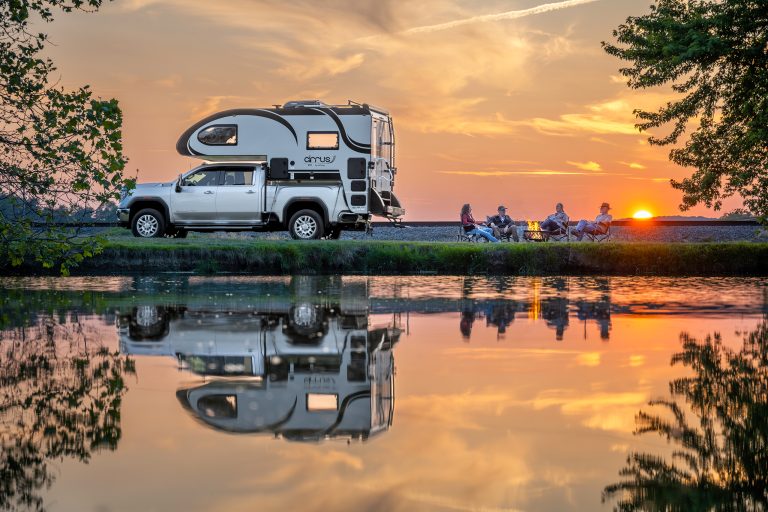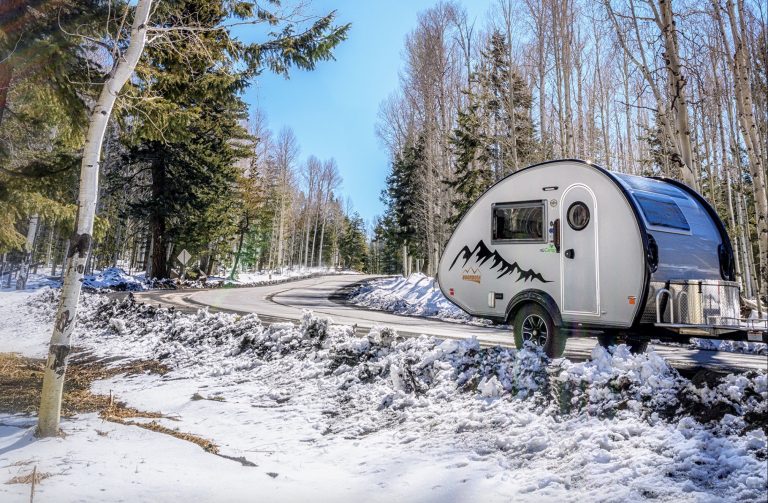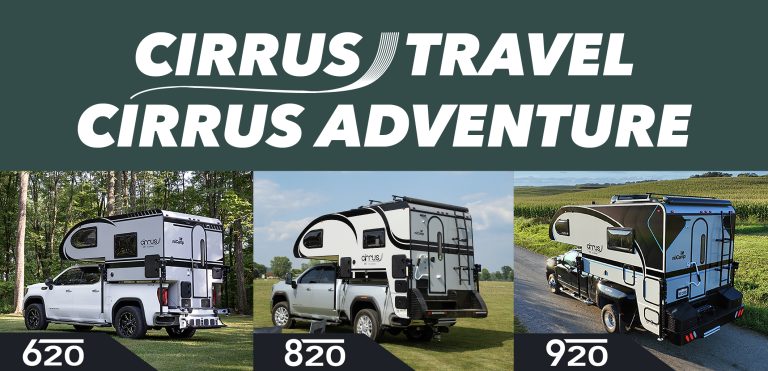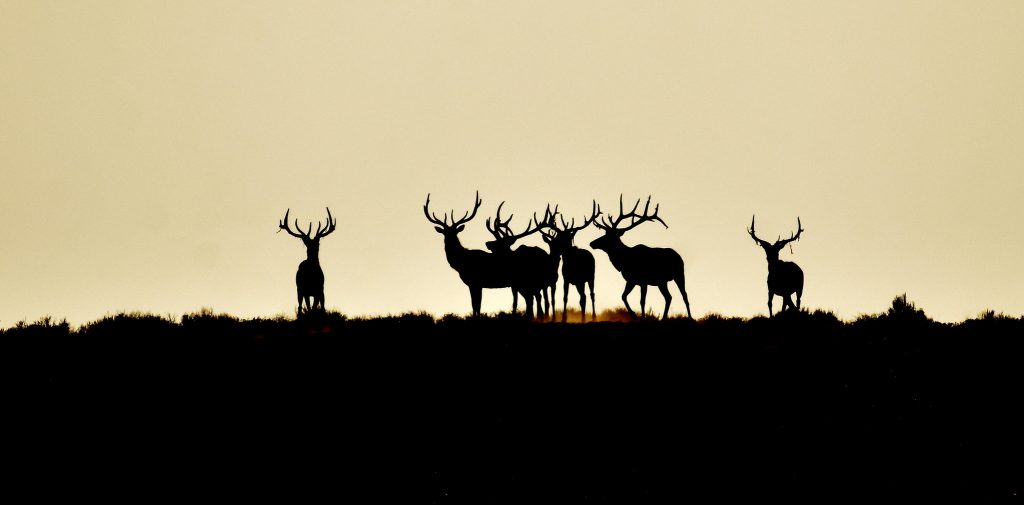A big advantage to traveling with your camper is that it allows you to become one with nature. Whether you boondock or explore by day, the time you spend in the wild gives you the opportunity to appreciate the beauty, serenity, and tranquility Mother Nature offers. And while you could just let the road lead you where it will, you might prefer a more structured plan, such as making a list to visit some of the locations that are part of the National Wildlife Refuge System.
The primary focus of the Refuge System is wildlife conservation. It protects the prairies of the heartland, the Southeast hardwood forests and the Southwest desert along with the specific waterways that are critical ecosystems along rivers, streams, wetlands, coasts and marine areas. This focus on conservation and protection drives the decisions for when and what activities can be undertaken in specific areas. It’s all about safeguarding the environment. It ensures the land and water will be there for generations to enjoy and for its wildlife inhabitants to be safe in their homes.
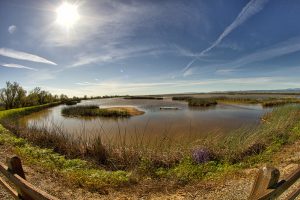
The National Wildlife Refuge System, managed by the U.S. Fish and Wildlife Service, includes 568 national wildlife refuges from Alaska to the Caribbean and Maine to the south Pacific. This is at least one in each state, along with five marine national monuments, and 38 wetland management districts. More than three-quarters of the wildlife refuges are open to the public, and depending on the location and season, offer activities such as fishing, bird-watching, hunting, wildlife photography, boating and hiking, just to name a few. For more information, watch A Beginner’s Guide to the National Wildlife Refuge System.
Are you a history buff? You’ll find a wealth of treasures from our country’s past at select refuges. For example, DeSoto National Wildlife Refuge in Iowa and Nebraska has a collection of Civil War-era artifacts from the Steamboat Bertrand, while the Pahranagat National Wildlife Refuge in Nevada has petroglyphs sacred to the Nuwuvi people.
Perhaps your interest lies more with viewing creatures in their natural habitat. Throughout the year, wildlife refuges allow you the opportunity to watch what happens: the spring arrival of migratory birds returning from southern wintering areas, the summer nesting of sea turtles and hatching of osprey chicks, and autumn battles between bull elk as they compete for mates while flocks of ducks, geese and shorebirds start their migrations south and west.
And if you thought winter in northern wildlife refuges were just about snow, a visit to one dispels that notion. From eagles circling the sky to river otters playing in the cold waters, there’s plenty to see during winter. Another option is to travel to warmer climes, where you can be treated to watching flocks of sandhill cranes and snow geese at the Bosque del Apache National Wildlife Refuge in New Mexico or neo-tropical migrants and resident birds like the Altamira oriole at Laguna Atascosa National Wildlife Refuge.
You can either explore the wildlife refuges on foot or by water or take a scenic drive to acquaint yourself with the area. Scenic

(Photo courtesy of the U.S. Fish and Wildlife Service.)
drives include a 12-mile wildlife drive across man-made pools, salt marshes, mudflats, woodlands and upland fields at Bombay Hook National Wildlife Refuge in Delaware, the Skilak Loop Wildlife Drive, an 18.5-mile gravel loop off the Sterling Highway at the Kenai National Wildlife Refuge in Alaska, and a 4.2-mile gravel loop road at the Ridgefield National Wildlife Refuge in Washington on the shore of the Lower Columbia River.
The National Wildlife Refuge System website also has a section for virtual visits that includes wildlife videos and webcams to podcasts and activities. If you are looking for a wildlife refuge in a specific geographic area, you can use either the interactive map or search by state.
While most national wildlife refuges offer free admission, about 30 refuges do charge a small entry fee. For more information, visit the Federal Recreational Lands Pass page. Also, check for updates regarding COVID-19 restrictions and guidelines at the website for the wildlife refuge you’ll be visiting. General COVID-19 information for the U.S. Fish and Wildlife Service is available here.
Move travel blogs
Did you enjoy this blog? Check out similar blogs on travel and national parks across the United States.
- Black Canyon of the Gunnison
- Take a Virtual Tour of National Parks
- Camping on (Your) Public Lands
- Cuyahoga Valley National Park
Recent Articles
